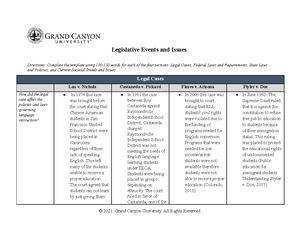- Information
- AI Chat
Was this document helpful?
Acc-240 Benmark
Course: English Composition II (ENG-106)
999+ Documents
Students shared 1614 documents in this course
University: Grand Canyon University
Was this document helpful?

Ngan Le
Acc-240
February 25, 2020
Dan Reis
Benchmark: Interpreting financial Statements
The two competitors in the US Retailer market, which are Walmart and Target, will be
discussed here. The performance of these two companies with its industry average will be
evaluated from different aspects like solvency, liquidity and profitability. Then, in the end, a
conclusion consisting of a summary of this evaluation will be given.
The first aspect in which the evaluation will be done is liquidity which assesses the
financial ability of a firm to fulfill its short-term obligation on its own. The comparison of the
liquidity of the two companies among themselves and with the industry average will be made by
two liquidity ratios and one of which is the current ratio that assesses the proportion of the
current assets that the business to fulfill the obligation arising from current liabilities(Bragg &
Bragg, 2020). Therefore, the higher the ratio, the better is the performance according to this ratio.
From this ratio analysis of current ratio of Walmart which stand at .79, it can be seen that the
liquidity of Walmart is much lower than the industry average (0.98) and its competitor, who is
Target. On the other hand, Target’s financial ability to fulfill its short-term obligation seems to be













